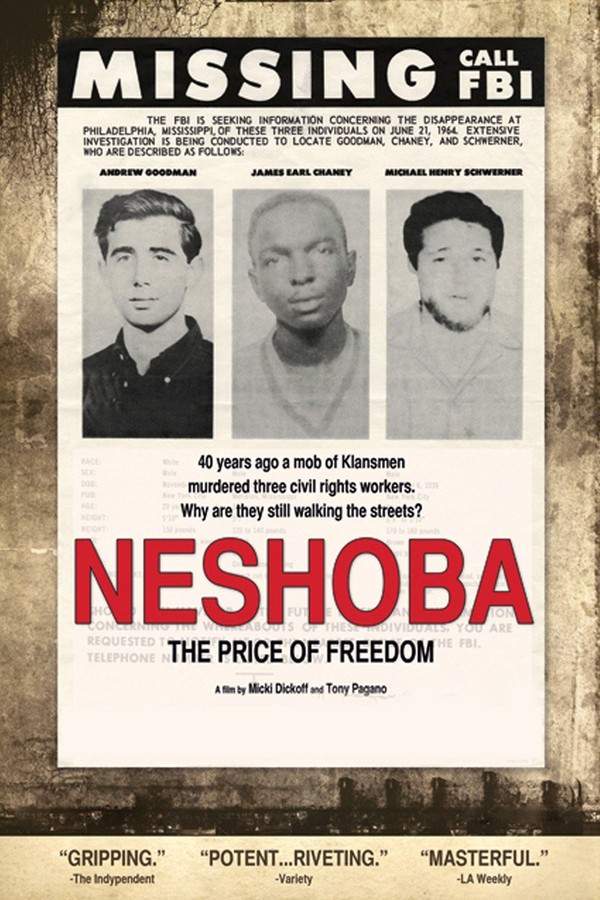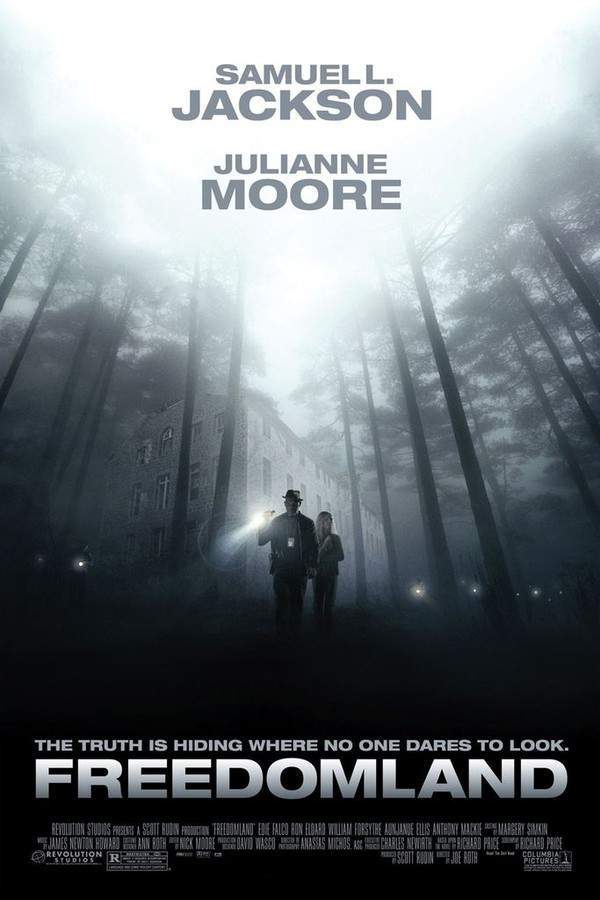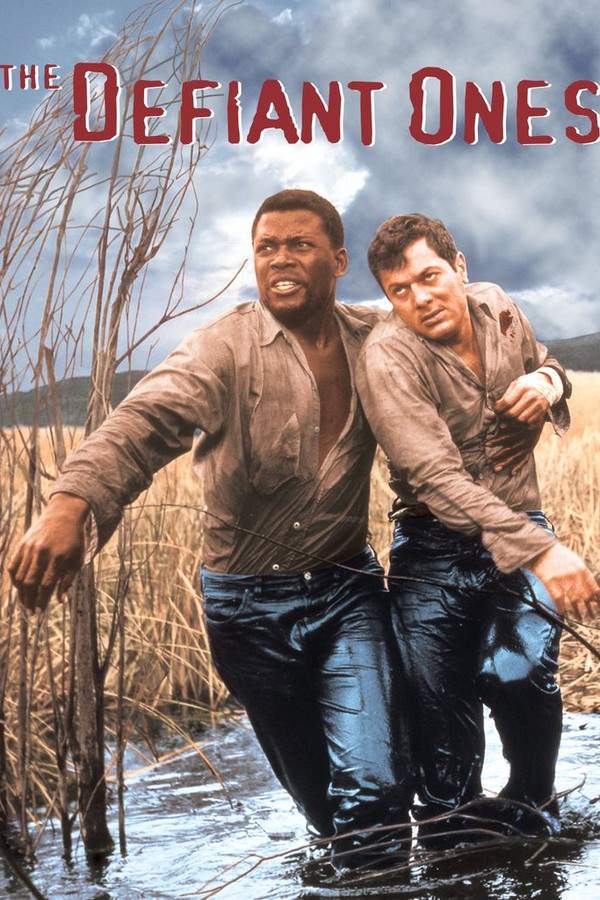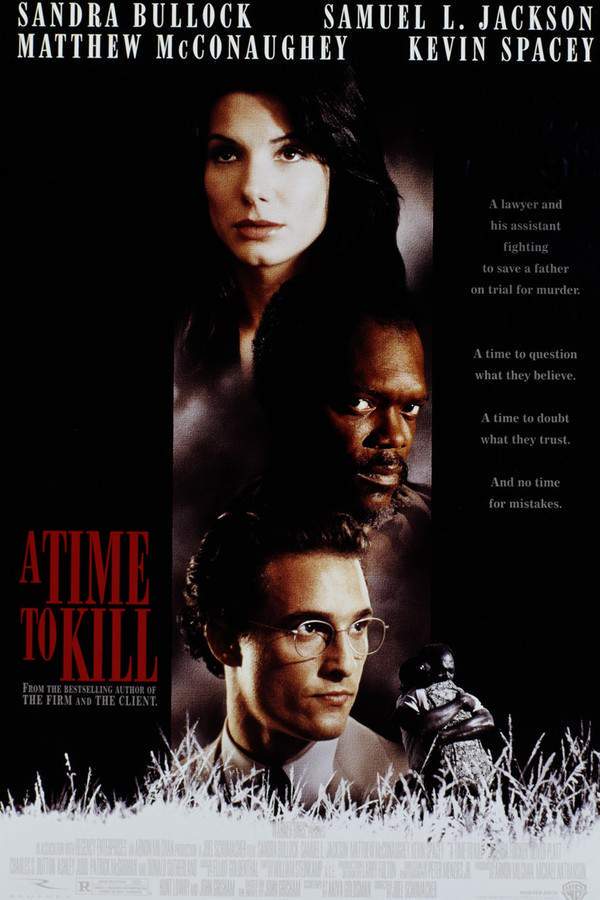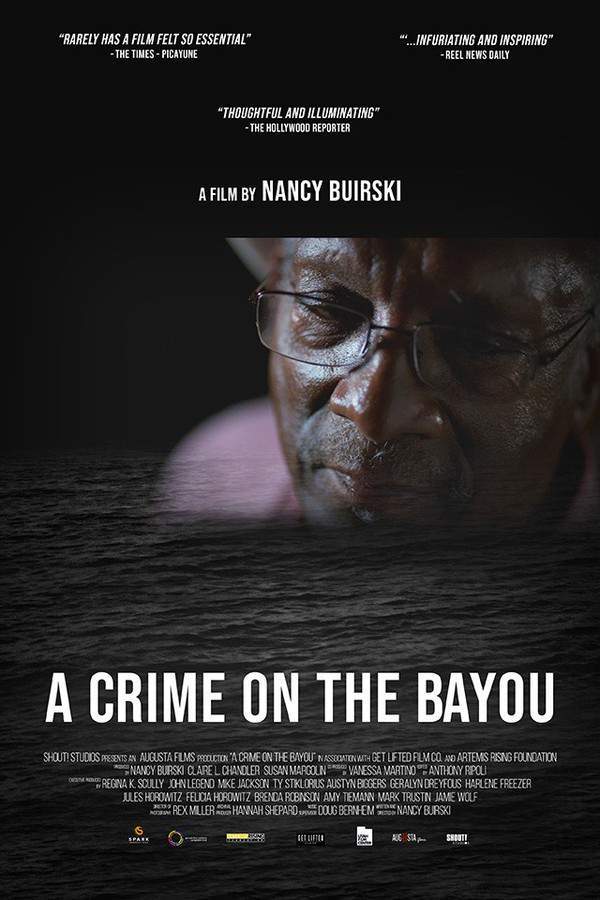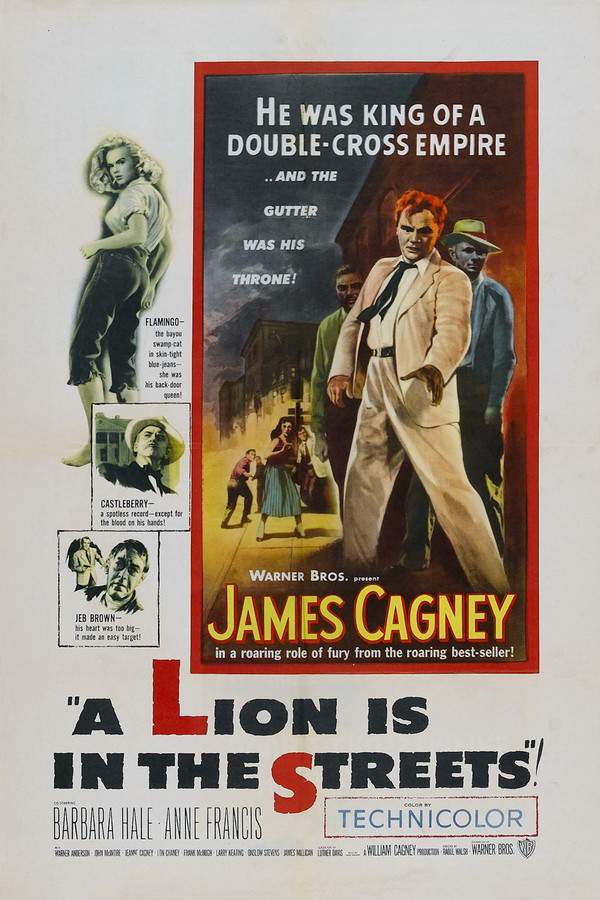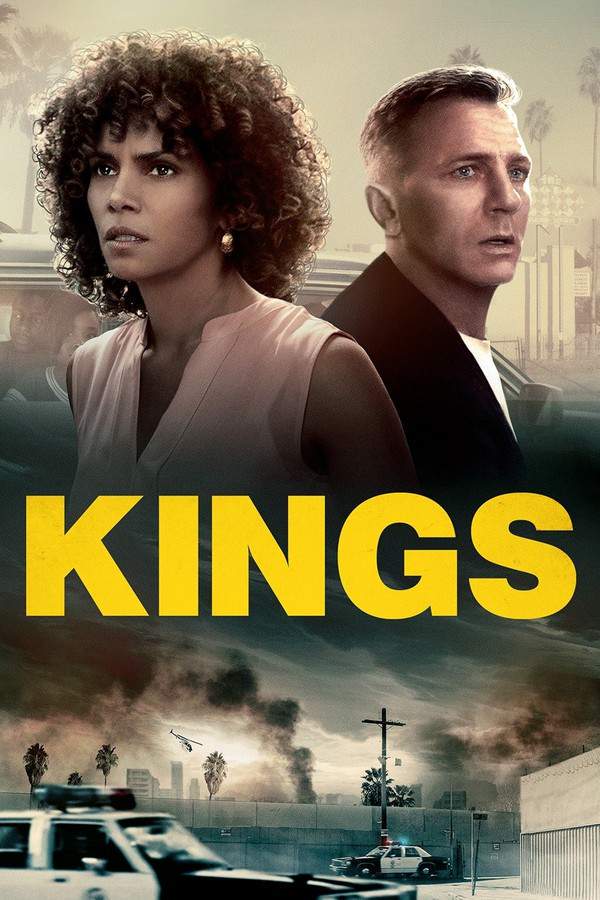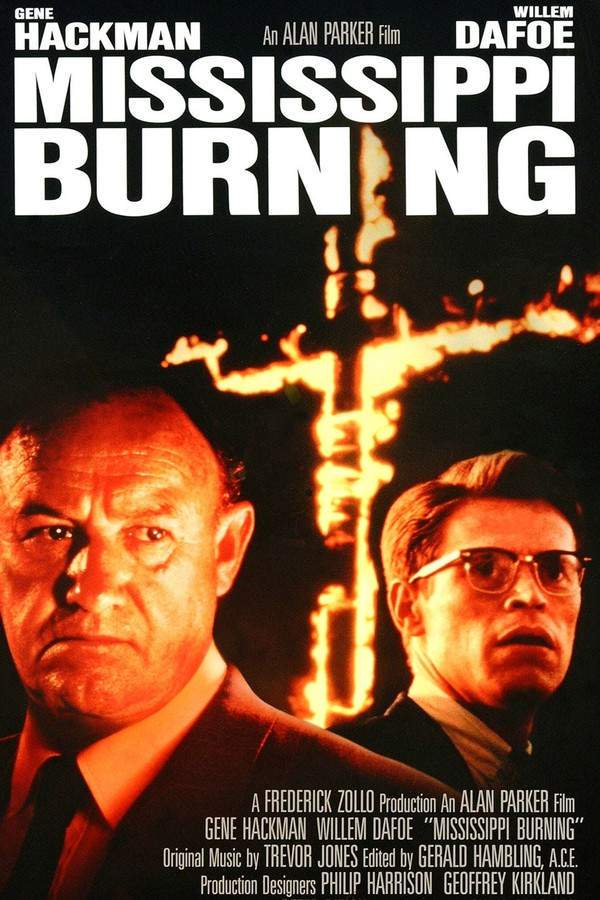
Mississippi Burning
Year: 1989
Runtime: 128 min
Language: English
Director: Alan Parker
In 1964 Mississippi, two FBI agents, Alan Ward and Rupert Anderson, are dispatched to investigate the disappearance of three civil rights workers. Their investigation quickly reveals a community deeply entrenched in racial prejudice and resistance to federal intervention. As the agents navigate a hostile environment and encounter obstruction from local law enforcement, their contrasting methods and personal beliefs lead to conflict, ultimately pushing them to take increasingly risky actions in their pursuit of justice and the truth behind the disappearances.
Warning: spoilers below!
Haven’t seen Mississippi Burning yet? This summary contains major spoilers. Bookmark the page, watch the movie, and come back for the full breakdown. If you're ready, scroll on and relive the story!
Mississippi Burning (1989) – Full Plot Summary & Ending Explained
Read the complete plot breakdown of Mississippi Burning (1989), including all key story events, major twists, and the ending explained in detail. Discover what really happened—and what it all means.
As the sweltering summer of 1964 transitioned into a season fraught with turmoil and chaos, three brave activists—two of whom were Jewish and one African American—mysteriously disappeared while striving to empower black voters in Jessup County, Mississippi. In an effort to uncover the truth, the Federal Bureau of Investigation dispatched investigators Alan Ward and Rupert Anderson, who approached the case with starkly different methodologies. While Ward, a seasoned Northerner, relied heavily on procedures and protocols, Anderson, a former sheriff familiar with local culture and politics, brought an essential perspective to the investigation.
Their pursuit of justice faced significant opposition from Sheriff Ray Stuckey and his deputies, who held considerable sway over the local community and were secretly connected to a faction of the Ku Klux Klan. The FBI’s attempts to gather intelligence were met with resistance and hostility, indicating that the community was reluctant to reveal the truth.
A breakthrough emerged when the son of a local pastor courageously stepped forward to share a haunting story: he had witnessed Klansmen setting fire to a home. This revelation triggered the arrest of three white men for felony arson, yet the quest for justice remained elusive. A local judge, more interested in upholding the status quo than enforcing the law, delivered a mere slap on the wrist in the form of a suspended sentence, dismissing the FBI’s presence as that of “outside agitators” who had incited violence.
This unjust ruling set the stage for further violence. The three convicted men, invigorated by their leniency, launched a vicious attack on the young witness and his father, leaving them bruised but alive. In response, the FBI promptly evacuated the family, only to discover that they were up against a deeply entrenched system that opposed their values.
In a pivotal moment, Anderson nurtured a connection with Deputy Sheriff Clinton Pell’s wife, leading to a heartbreaking confession: her husband and his Klan allies had murdered the three missing activists and concealed their bodies in an earthen dam. This chilling discovery sent shockwaves throughout the nation, revealing that the activists’ disappearance was a deliberate act of murder. Consequently, Pell turned his fury against his wife for her betrayal.
As tensions escalated between Ward and Anderson, their differing approaches clashed explosively, culminating in a physical confrontation from which Ward emerged victorious, albeit reluctantly acknowledging the limitations of his methods. This acknowledgment inspired Anderson to devise a bold new plan: to indict the Klan members on civil rights violations instead of murder charges. Meanwhile, the FBI escalated matters by forcibly abducting Mayor Tilman to an isolated location, where he was confronted by a black man threatening harm unless he divulged crucial information. This coerced confession provided a vital breakthrough in the investigation.
As pressure mounted, Anderson and Ward hatched a strategy to ensnare identified Klan members, but they soon realized they had been outmaneuvered and had to abort their plan. The FBI then turned its focus to Lester Cowens, a figure within the Klan showing signs of distress, which they hoped to exploit for a confession. In a fit of rage following the attack on his wife, Anderson instigated a brawl with Pell at a local barbershop, only to leave abruptly. Later, Cowens found himself in a terrifying situation when agents staged an attack at his home, disguising themselves in Klan attire, but came to his aid just as doom seemed imminent.
In a surprising twist, Cowens chose to turn against his fellow Klansmen who had threatened him after he disclosed information to the FBI. This courageous decision led to the indictment of several Klan members for civil rights violations, representing a pivotal move away from state murder charges to federal prosecution. Unlike the lesser state charges, many perpetrators faced justice under federal law, although Sheriff Stuckey evaded consequences.
The FBI’s tragic discovery of Tilman’s body hanging from a tree raised alarming questions for Agent Bird, while Ward revealed that Tilman had been pivotal not as a criminal but as a key witness. In the wake of chaos, Mrs. Pell returned to her vandalized home, determined to rebuild her life, liberated from her husband’s oppressive shadow.
As Anderson and Ward prepared to depart, they paid a heartfelt visit to an integrated congregation united in mourning at an African American cemetery, where a desecrated gravestone bore the somber inscription “Not Forgotten.” This moment served as an indelible reminder of the profound impact of hate crimes and the enduring spirit of those who fought against such atrocities.
Last Updated: November 22, 2024 at 14:14
Unlock the Full Story of Mississippi Burning
Don't stop at just watching — explore Mississippi Burning in full detail. From the complete plot summary and scene-by-scene timeline to character breakdowns, thematic analysis, and a deep dive into the ending — every page helps you truly understand what Mississippi Burning is all about. Plus, discover what's next after the movie.
Mississippi Burning Timeline
Track the full timeline of Mississippi Burning with every major event arranged chronologically. Perfect for decoding non-linear storytelling, flashbacks, or parallel narratives with a clear scene-by-scene breakdown.

Characters, Settings & Themes in Mississippi Burning
Discover the characters, locations, and core themes that shape Mississippi Burning. Get insights into symbolic elements, setting significance, and deeper narrative meaning — ideal for thematic analysis and movie breakdowns.

Similar Movies to Mississippi Burning
Discover movies like Mississippi Burning that share similar genres, themes, and storytelling elements. Whether you’re drawn to the atmosphere, character arcs, or plot structure, these curated recommendations will help you explore more films you’ll love.
Explore More About Movie Mississippi Burning
Mississippi Burning (1989) Scene-by-Scene Movie Timeline
Mississippi Burning (1989) Movie Characters, Themes & Settings
Mississippi Burning (1989) Spoiler-Free Summary & Key Flow
Movies Like Mississippi Burning – Similar Titles You’ll Enjoy
Detroit (2017) Complete Plot Breakdown
Neshoba (2010) Ending Explained & Film Insights
Mississippi Masala (1992) Complete Plot Breakdown
Bad Country (2014) Detailed Story Recap
Mudbound (2017) Spoiler-Packed Plot Recap
Mississippi Grind (2015) Ending Explained & Film Insights
Freedomland (2006) Detailed Story Recap
The Defiant Ones (1958) Complete Plot Breakdown
A Time to Kill (1996) Ending Explained & Film Insights
A Crime on the Bayou (2021) Complete Plot Breakdown
Rebel Ridge (2024) Full Movie Breakdown
A Lion Is in the Streets (1953) Spoiler-Packed Plot Recap
Crazy in Alabama (1999) Ending Explained & Film Insights
Kings (2018) Spoiler-Packed Plot Recap
Native Son (1951) Movie Recap & Themes




